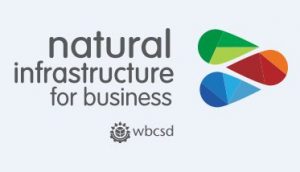Primary Functions
- Understand the difficulties in defining the term “nature” and reasons for the current expansion of the research field.
- Learn about the pathways between nature and health involving air quality, physical activity, social cohesion, and stress reduction.
- Find discussion on methodological issues and priorities for future research.
Detailed Description
The public health field views the natural environment with ambivalence. Infectious agents, extreme weather, and geological events regularly sicken, injure, and kill people, often en masse. Yet, people cannot remain healthy without clean air, clean water, food, and other resources provided as “ecosystem services.” Enormous amounts of research inform these contrasting perspectives, describing how the natural environment harms humans, how health depends on the natural environment, and how human impacts on the natural environment rebound on health.
A theme that has become increasingly distinct over recent years concerns the natural environment, or “nature,” perceived, valued, and engaged with as such, particularly in urbanized societies. This research focuses primarily on benefits of contact with nature. Key segments of this literature are young, but central ideas, such as the link between vegetation and air quality, have ancient provenance in the public health field. Interventions prompted by those ideas, such as urban parks, have long remained in place, presumably because the public has enjoyed them and believed in their salutary value. The recent research tests such beliefs, and it encourages more nuanced theoretical and practical consideration of nature-health relations.
Urbanization, resource exploitation, and lifestyle changes have diminished possibilities for human contact with nature in many societies. Concern about the loss has helped motivate research on the health benefits of contact with nature. Reviewing that research here, the authors focus on nature as represented by aspects of the physical environment relevant to planning, design, and policy measures that serve broad segments of urbanized societies. The authors discuss difficulties in defining “nature” and reasons for the current expansion of the research field. The authors then consider research on pathways between nature and health involving air quality, physical activity, social cohesion, and stress reduction. Finally, the authors discuss methodological issues and priorities for future research. The extant research does describe an array of benefits of contact with nature, and evidence regarding some benefits is strong; however, some findings indicate caution is needed in applying beliefs about those benefits, and substantial gaps in knowledge remain.





